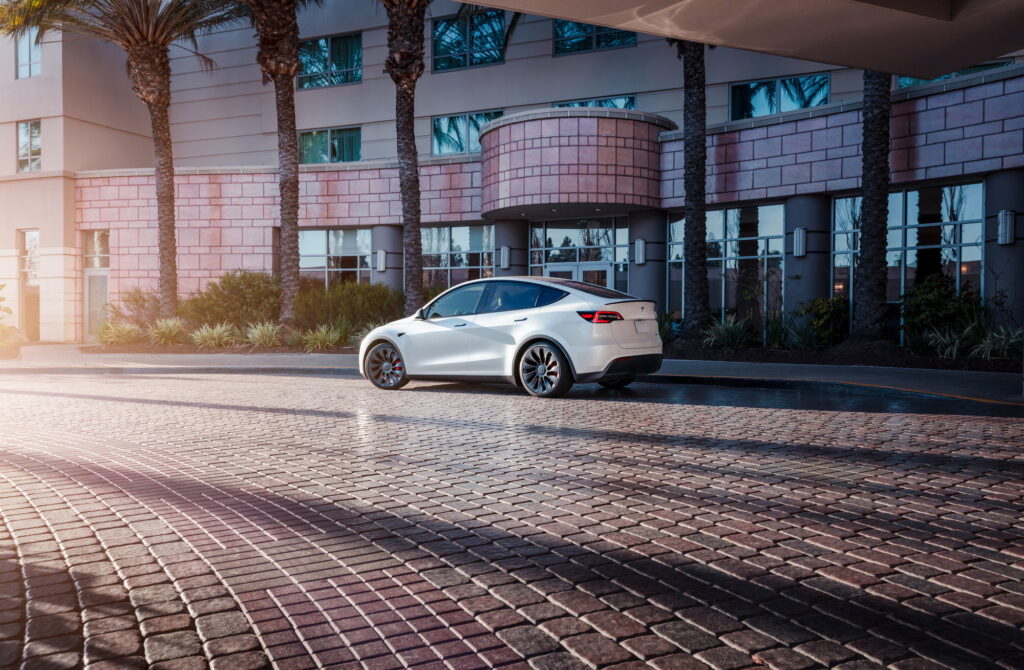The ability of some Tesla vehicles to shift from the forward to reverse gear (or vice versa) without the application of the brake pedal is facing increased scrutiny from federal regulators following the submission of a defect petition by a Greek researcher.
The National Highway Traffic Safety Administration (NHTSA) is looking into a defect petition that seeks to compel Tesla to make modifications to every vehicle it has sold since 2013. It would see an interlock system that requires the brake pedal to be pressed by the driver in order to shift from Drive to Reverse applied to the vehicles.
In a lengthy technical document submitted by Costas Lakafossis, a mechanical and aeronautical engineer and accident investigator from Greece, Tesla is accused of introducing “special features” that encourage sudden unintended acceleration (SUA) events that have led to accidents and injuries.
“One such ‘special feature’ is the ability of the car to stop and shift into reverse gear when the driver is ready to park, without the requirement of an actual brake pedal activation,” writes Lakafossis. “There is no practical benefit for this potentially dangerous ‘party trick’.”
Read: Tesla Might Have An Unintended Acceleration Issue As Regulators Investigate Over 120 Claims

In the petition, Lakafossis points out that it has been known since the 1980s that the Brake Transmission Shift Interlock (BTSI) feature reduces instances of sudden unintended acceleration in vehicles with automatic transmissions. The feature has also been required on new vehicles since 2010.
“After proactively solving the problem of SUA accidents in the 1980s, today it seems that we are moving in the opposite direction, allowing a driver to select reverse gear while still driving forward without asking for a brake pedal application(!), actively encouraging drivers to enjoy ‘feet-off automatic braking and parking’,” Lakafossis writes.
The engineer claims that the removal of both feet from the pedals is a major factor contributing to the increased risk of pedal misapplication errors, and points to a number of accidents in documents submitted to NHTSA.
Disallow The Feature Through A Software Update
Ultimately, Lakafossis recommends disallowing the current feature and requiring drivers to press the brake pedal before shifting from Drive to Reverse in Teslas. He suggests that the easiest way to make this change is through a software update. He has petitioned NHTSA to recall all Tesla vehicles.
“As an immediate measure to enhance road safety, I hereby ask you to grant the petition to recall all Tesla cars in order to add a software interlock to their control system, requiring the driver to press the brake pedal before allowing the car to fully stop and reverse gear to engage,” wrote Lakafossis in the petition. “Further measures concerning the stochastic nature of automatic braking should also be considered, as it may encourage the occasional complete removal of the driver’s feet from the pedals, which has been found to be a necessary condition of all types of pedal misapplication errors.”
NHTSA says it will now evaluate Lakafossis’ allegations and consider them against its own field data to determine if the petition should be granted or denied. If the petition is granted, it will open a defect investigation, which may lead to a recall. The organization previously looked into allegations of sudden unintended acceleration events in 2020.





